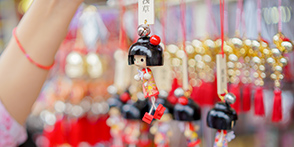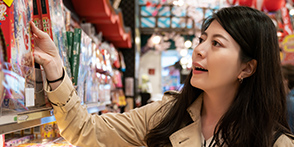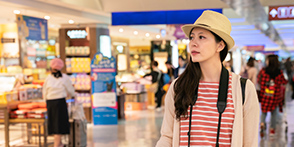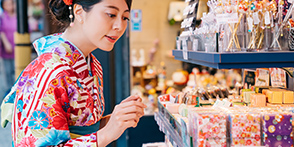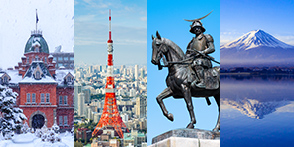- TOP
- Search
- Shopping reports search results
- 【Ranking in Japan】 These are the downtown areas of Japan that Japanese people love!
【Ranking in Japan】 These are the downtown areas of Japan that Japanese people love!
-
Categories
- Recommendations
- Trends
- Japanese culture
-
Update date
- 2021-08-21
In Japan, there are several large downtown areas in each region.
Not only in Tokyo and Osaka, but also in Sapporo in Hokkaido, Sendai in Tohoku, Fukuoka in Kyushu, and so on...
How do Japanese people view these many downtown areas throughout Japan?
The popularity was revealed by voting.
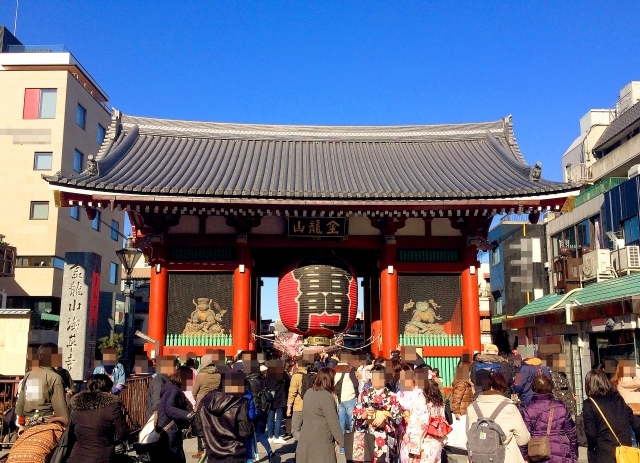
【Popularity ranking of downtown areas in Japan】(According to "Minna no Ranking":August 2nd)
No. 1 Sannomiya/Motomachi (Hyogo Prefecture)
No. 2 Umeda (Osaka)
No. 3 Yokohama (Kanagawa Prefecture)
No. 4 Shinjuku (Tokyo)
No. 5 Minami (Osaka)
No. 6 Ginza (Tokyo)
No. 7 Ikebukuro (Tokyo)
No. 8 Roppongi (Tokyo)
No. 9 Sakae (Aichi Prefecture)
No. 10 Shibuya (Tokyo)
Is your favorite city on the list?
Now let's take a look at the top downtown areas.
【No. 1 Sannomiya/Motomachi】
Sannomiya/Motomachi are the heart of Kobe, the most fashionable area in Kansai.
The area around Sannomiya Station and Motomachi Station is the busiest area in Kobe City, lined with commercial facilities and is enjoyed by both tourists and local residents.
First of all, on the north side, there is Kitano Ijinkan Street, which is lined with Western-style buildings and attracts many tourists.
The fantastic sight of the Ijinkan lit up on a winter night will soothe your tired mind after a busy day.
The best place to enjoy shopping is around Sannomiya Station.
Many stores line the north and south sides of the station, and the area is always crowded with people from morning to night.
Here you can see the shopping scene of fashionable Kobe women.
There are also many restaurants and cafes where you can enjoy Kansai gourmet food to the fullest.
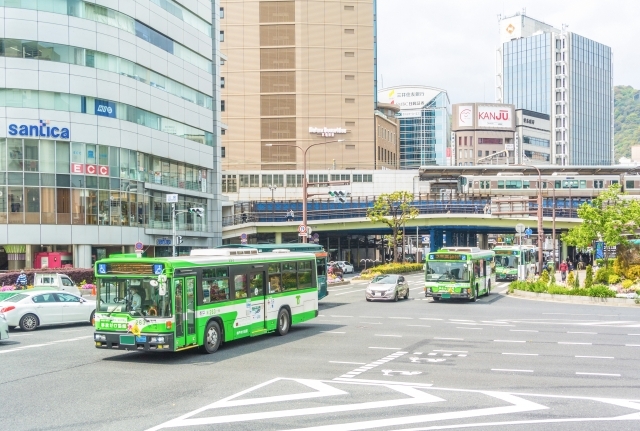
To the west of Motomachi Station, there are department stores, and further on, there is the exotic Chinatown.
It's also fun to eat casual food in Chinatown.
On its south side is the Port of Kobe.
The area is suitable for strolling around the port tower.
This area is very popular among the Japanese because it has everything you need to "see, eat, and buy".
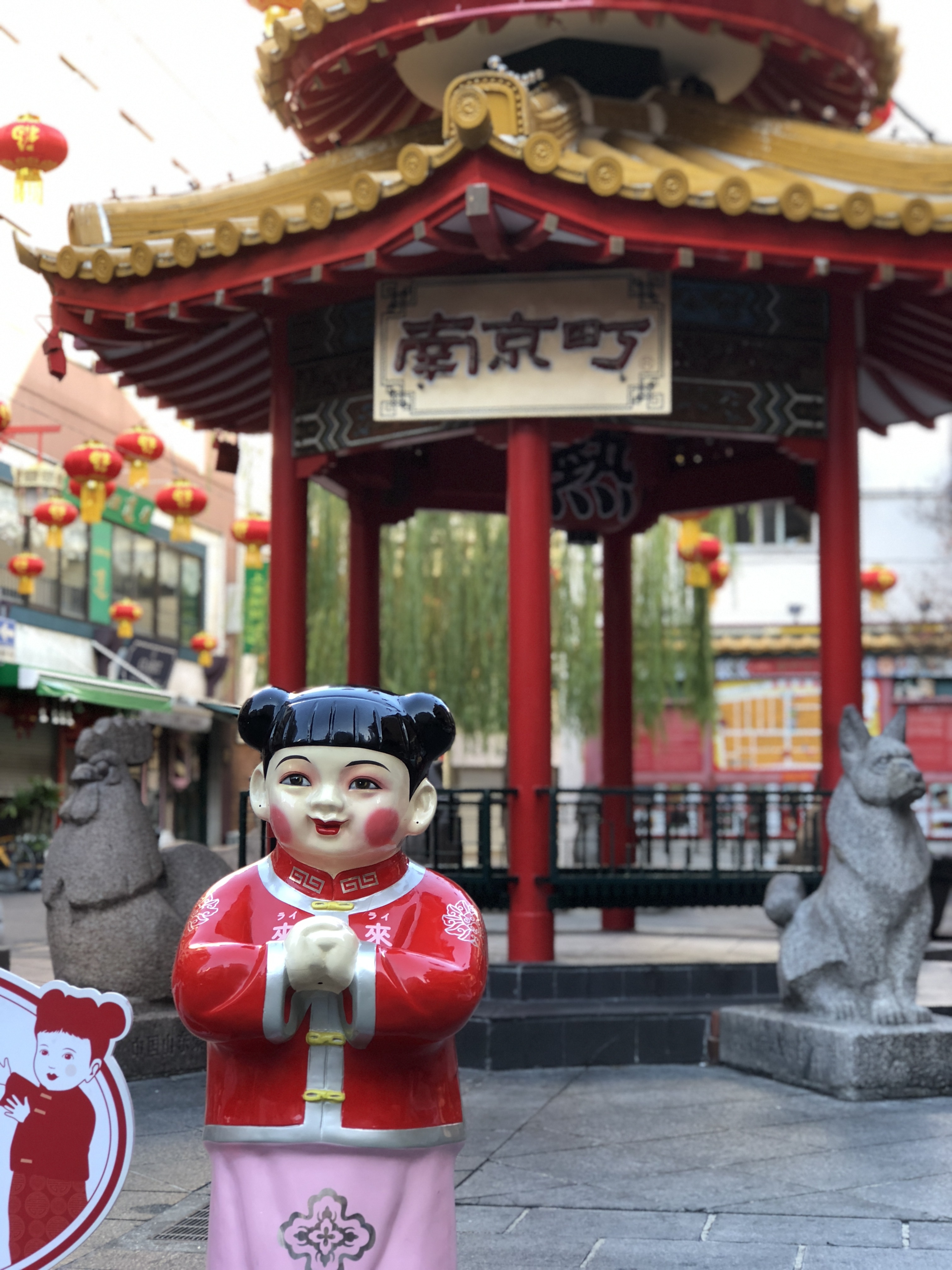
【No. 2 Umeda】
Umeda is the face of Osaka.
Osaka has two major shopping districts, "North (Kita)" and "South (Minami)", and Umeda is the center of the "North (Kita)" district.
It is sometimes called the gateway to Osaka because of the presence of Osaka Station and Umeda Station.

Department stores, underground shopping malls, and shopping centers attract many women with a high sense of fashion.
Umeda's charm is that it has both a lively expression as a commercial city and an emotional appearance.
In recent years, with the redevelopment of the area around Osaka Station, new landmarks, shopping areas, and gourmet spots are springing up one after another.
While numerous fashionable women walked by, locals in their normal dress style munched on local food.
Such a crowded landscape is one of Umeda's charms.
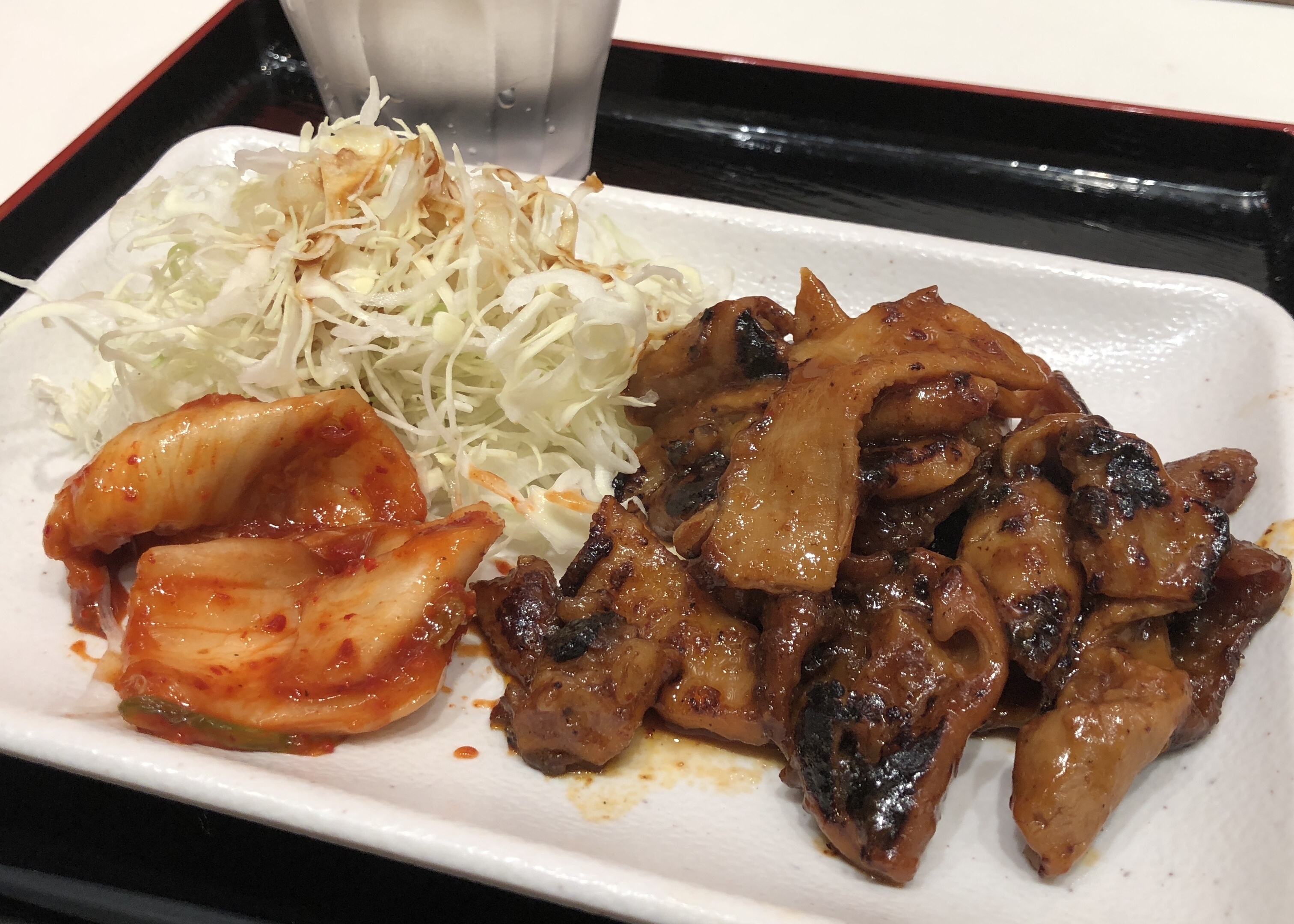
【No. 3 Yokohama Station】
When it comes to fashionable downtown areas, Yokohama in the east and Kobe in the west are said to be the best.
Among them, the area around Yokohama Station, which Yokohama citizens call the "Yokohama of Yokohama," ranked among the best.
Yokohama Station is a terminal station with 13 train lines from 6 companies, the most in Japan, and it is said that more than 800 million people get on and off that station every year.
There are eight major commercial facilities around Yokohama Station, including department stores and shopping malls, and the area will continue to be redeveloped.

【Others】
In this year's ranking, Tokyo's three major terminal areas, Shinjuku, Ikebukuro, and Shibuya, were ranked 4th, 7th, and 10th respectively, but most foreign tourists visiting Japan tend to stop in one of them.
Ginza, whose main street, Chuo-dori, is filled with foreign tourists, came in sixth.
We would love to hear about your favorite downtown areas in Japan!
※「Minna no Ranking」…This is a highly reliable site that creates various kinds of rankings through user surveys.
